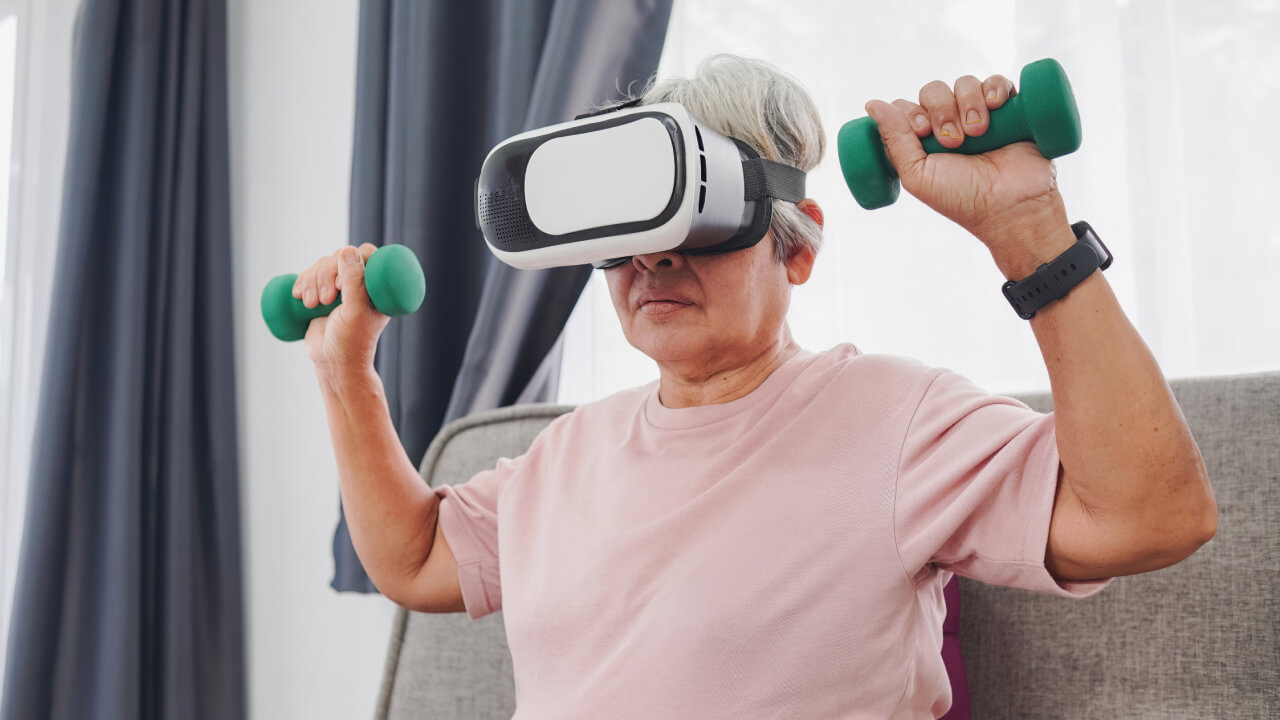Exploring Power, Wireless, and Sensor Considerations in the Evolving Landscape
This is the first article of the series: Wearable Health and Wellness Tech – Trends, Opportunities, and Considerations for Engineers
As 2023 comes to a close, we take a step back to analyze the current landscape of the wearable health and wellness technology sector. By looking at the challenges that marked the current state of the art in the industry, we set the ground for the paramount considerations going into the next-gen of these devices.
Dive in with our experts’ insight, and explore their perspectives, questions, and answers in this resourceful series.
Go to:
- Power challenges with insight from Isaac Dost, Power Specialist at Future Electronics
- Wireless advancements with insight from Bill Munger, Wireless Specialist at Future Electronics
- Sensor challenges and triumphs with insight from Bruce Muff, Future Connectivity Solutions expert at Future Electronics
Power Challenges: Isaac Dost’s Perspective
Unraveling the Battery Dilemma
The race to battery longevity has been marked by a never-ending paradox: increasing battery life while reducing size and weight. In addition, we have to consider the balance between charging batteries to higher voltages and depleting them further while ensuring accurate measurement to prevent over-depletion or overcharging.
The past couple of years have shown us infamous scenarios of the risks of overcharging, such as internal breakdowns or catastrophic failures which also remind us of the paramount role of safety, especially for wearables. One specific case came to mind during our discussion, when we remembered a world-renowned brand’s struggle with batteries catching fire unexpectedly. One case that will surely be studied for years to come when talking about power management and safety.
- Challenges: Extending battery life without sacrificing device size
- Solution: Balancing higher voltages and accurate measurement.
- Risk: Overcharging and internal breakdown; safety is paramount.
Wireless Advancements: Bill Munger’s Insights
Wireless Revolution in Wearables
With the ground set on battery life extension, we hop onto the wireless challenge. Wireless connected wearables have seen their share of advancements in the past years, some of which we believe will be key in the reality of tomorrow’s devices. Die sizes and sleep currents, for example, have given a significant leap, now reaching sub-100 nanoamps ratings.
In addition, a new era has been marked by multiprocessor system-on-chips (SoCs), which help balance high sleep numbers for wireless radios with powerful MCUs for sensor fusion, edge AI, and machine learning. Thanks to the integration of neural processing engines in SoCs, accelerated edge processing is possible, shaping the future of the wireless revolution for wearable health tech.
- Advancements: Shrinking die sizes and sub-100 nanoamp sleep currents.
- Innovation: Multiprocessor SoCs balancing wireless radios and powerful MCUs.
- Key move: Integration of neural processing engines for accelerated edge processing.
Sensor Obstacles and Wins: Bruce Muff’s Perspective
Navigating Challenges and Embracing Innovation
So far, we’ve covered some ground on the current wearable technology landscape, however, we need to remember there’s a lot that goes into these devices even before we get to the technological part. This was brought to light when we discussed the most important obstacles faced in the past years from the sensor’s perspective.
Whether you’re a startup or a seasoned player in the industry pushing the limits of tech and innovation, there’s still a hurdle you have to overcome before you can bring your ideas to life. The supply chain.
The past year was marked by supply chain challenges and constraints that impacted the sensors components and delayed many projects worldwide. However, the tide has finally turned and lead times are constantly decreasing, allowing for new projects to emerge. This sets a new ground for resilient players in the wearable health tech sector, poised for innovation after overcoming supply chain obstacles.
- Challenge Faced: Supply chain constraints impacting sensor components.
- Impact: Delays and survival challenges for companies.
- Turning Point: Decreasing lead times setting the ground for the emergence of new projects.
As we reflect on the challenges that have marked our current era in the wearable health and wellness tech sector, we can infer that the industry is on the brink of transformative innovations. With a quickly evolving search for power optimization, wireless revolutions, and a stabilizing supply chain, there are few markets more exciting than this one. The wearables of tomorrow are poised to continue enhancing health monitoring as consumers continue to adopt and integrate them into their daily lives.
Before we move on to our second article in the series: Upcoming Trends and Opportunities in Wearable Health Tech (coming December 15), do you have any wearable health and wellness technology projects you’d like to take to the next level?
Send us an email and get in contact with our experts at Future Electronics to get personalized engineering support for all of your applications.





